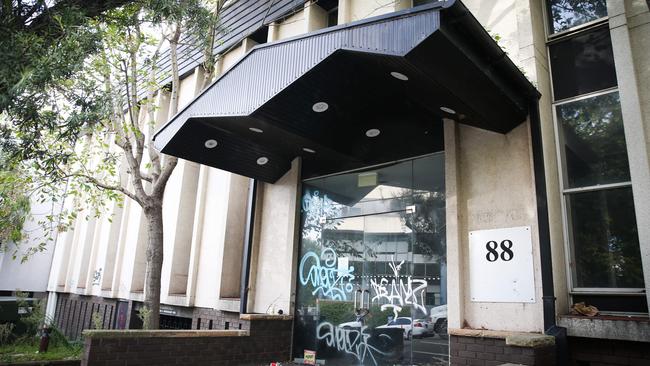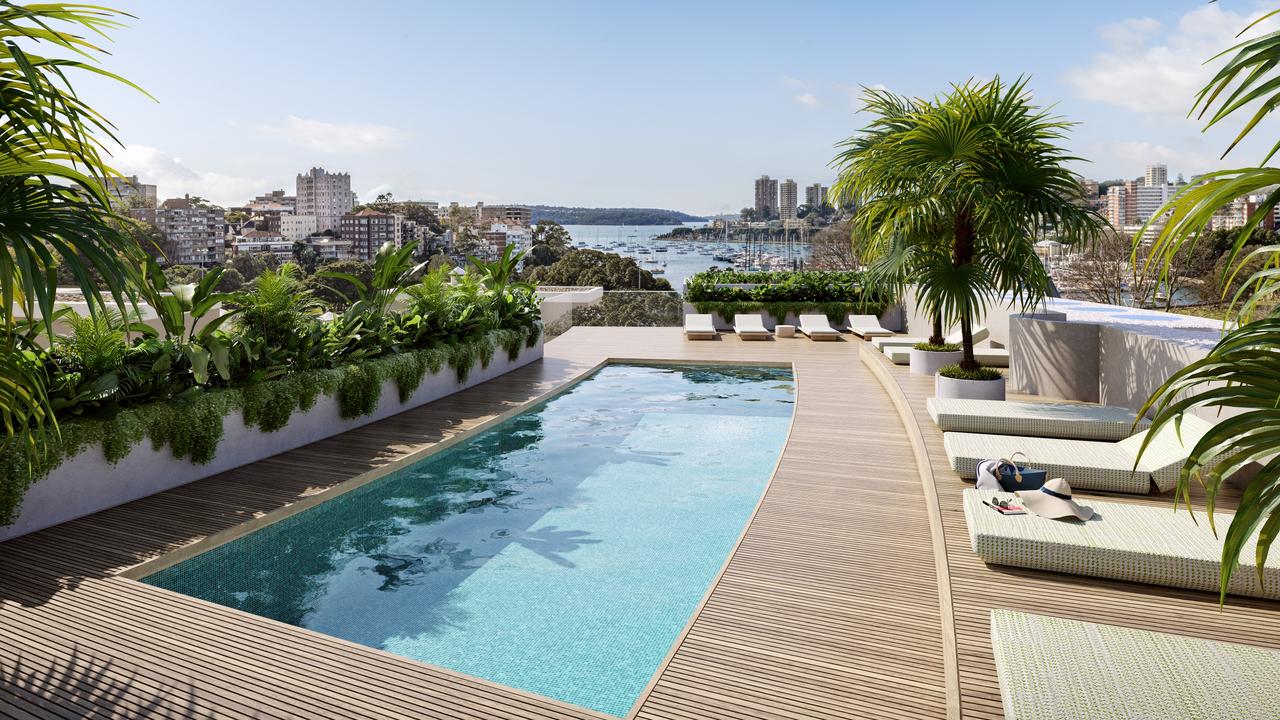Property developers pull back on apartment projects
Developers are shedding major apartment sites along the eastern seaboard as banks tighten lending.

Property developers are shedding major apartment sites along the eastern seaboard as banks tighten lending to oversupplied areas, with some projects ditched by their long-standing promoters.
Tougher lending rules have slugged the market, with investors unable to borrow as much to buy units and banks refusing to lend to foreign purchasers, stalling apartment projects.
Foreign developers drove the wave of luxury apartment towers in Sydney, Brisbane and Melbourne, but some are now taking their capital out of the market as conditions turn. “Money is tight, the banks have switched off the taps,” said one major Sydney apartment developer.
Melbourne financier Andrew Schwartz, the group managing director of Qualitas, said developers had been pulling back on projects for 18 months.
“Finance is definitely harder to obtain — project finance — banks are credit rationing and have been for 18 months,” he said.
A Sydney real estate agent specialising in apartment sales said some of the Chinese development groups that had flooded the apartment market for years were now having second thoughts.
“For some of these Chinese people it’s a lot of work, you have to be committed here, you need to have an office, relevant staff. It’s not easy, some of them are finding that out the hard way,” the agent said.
At Little Bay in Sydney’s eastern suburbs, Malaysia’s TA Global put an 11ha waterfront development site on the block last month hoping to sell it for more than $280 million.
It had expected to develop the site but is now looking at projects outside Australia as it does not have a local team in place.
Closer to the Sydney CBD, local developer Toplace is selling a site in Epsom Road, Rosebery where it had approval for 316 apartments in a 13-level building.
Developer Dyldam is selling a site that can sustain about 777 residential apartments in Sydney’s St Leonards but appears to have lost its appetite to finish the scheme. Dyldam said yesterday it was “in negotiations with three buyers for the sale of the site located at 88 Christie Street, St Leonards” and insisted it would seek to complete the project if it did not sell.
“All offers are sitting in excess of $300m. Should the negotiations prove unsuccessful, then Dyldam will pursue development of the site itself,” the company said in a statement.
However, sources said last night Dyldam was unlikely to complete St Leonards.
The slowdown is national, with Melbourne and Brisbane projects also affected.
In Melbourne, Future Estate managing director Ben Anderson said the tightening was affecting marginal projects.
“If it’s going to weed out lower-quality developments and developers ... then it’s a healthy thing for the market,” he said.
“At the moment we’re nowhere near a crisis or a GFC scenario ... in my view the private sector is far better positioned to provide that funding than it was last time.” Non-bank financiers were now armed with billions of dollars, even if banks pulled back, he said.
But the new investor lending clamps could mean the amount of pre-sales developers achieve might fall, although there was no change since last week’s announcement, Eildon Capital managing director Mark Avery said.
“Banks will generally demand a certain amount of presales before they allow construction finance to be drawn,” Mr Avery said. “If presales fall it stands to reason projects won’t get away.”
There was a trend for developers to focus on owner-occupier apartment and townhouse projects and sit on large investor projects, said Andrew Hogan, managing director of development advisory group Point Polaris. “Developers are extremely worried about the curbs on investor lending,” Mr Hogan said.
“It’s a very interesting inflection point in the market. We’re seeing that developers are sitting on sites that they own because there’s so much uncertainty in the investor purchase side of things — which is driven by investors’ inability to get finance.
“There’s a number of developers we’re aware of that have permits for large, multi-residential apartment projects but are not pulling the trigger because they’re unsure of what’s happening with investor lending.
“The first bellwether of it was when the banks stopped lending to overseas purchasers mid-last year.”
Many of the projects that are being held back are in second-tier locations.
In Brisbane, long-time developer Kenlynn is now holding its approved 70-room hotel and 52-apartment site in Fortitude Valley “for future redevelopment based on assessment of market conditions”, its website said.
Another site for major unit development, the proposed 1000-apartment Queens Tower at 545 Queen Street, has been shelved. The developer had forfeited its deposit on the site and another group has snapped it up for an office project.
Property analysts Place Advisory has warned that one in three approved Brisbane apartments would not proceed.
But not every speculative development will end in tears.
In Sydney, Toplace could exit at a profit. It is carving the Rosebery holding off a larger site it bought for $67.5m three years ago. Toplace developed 400 units on another part of the site and could reap more than $90m for the latest parcel.
Additional reporting: Elizabeth Redman, Rosanne Barrett


